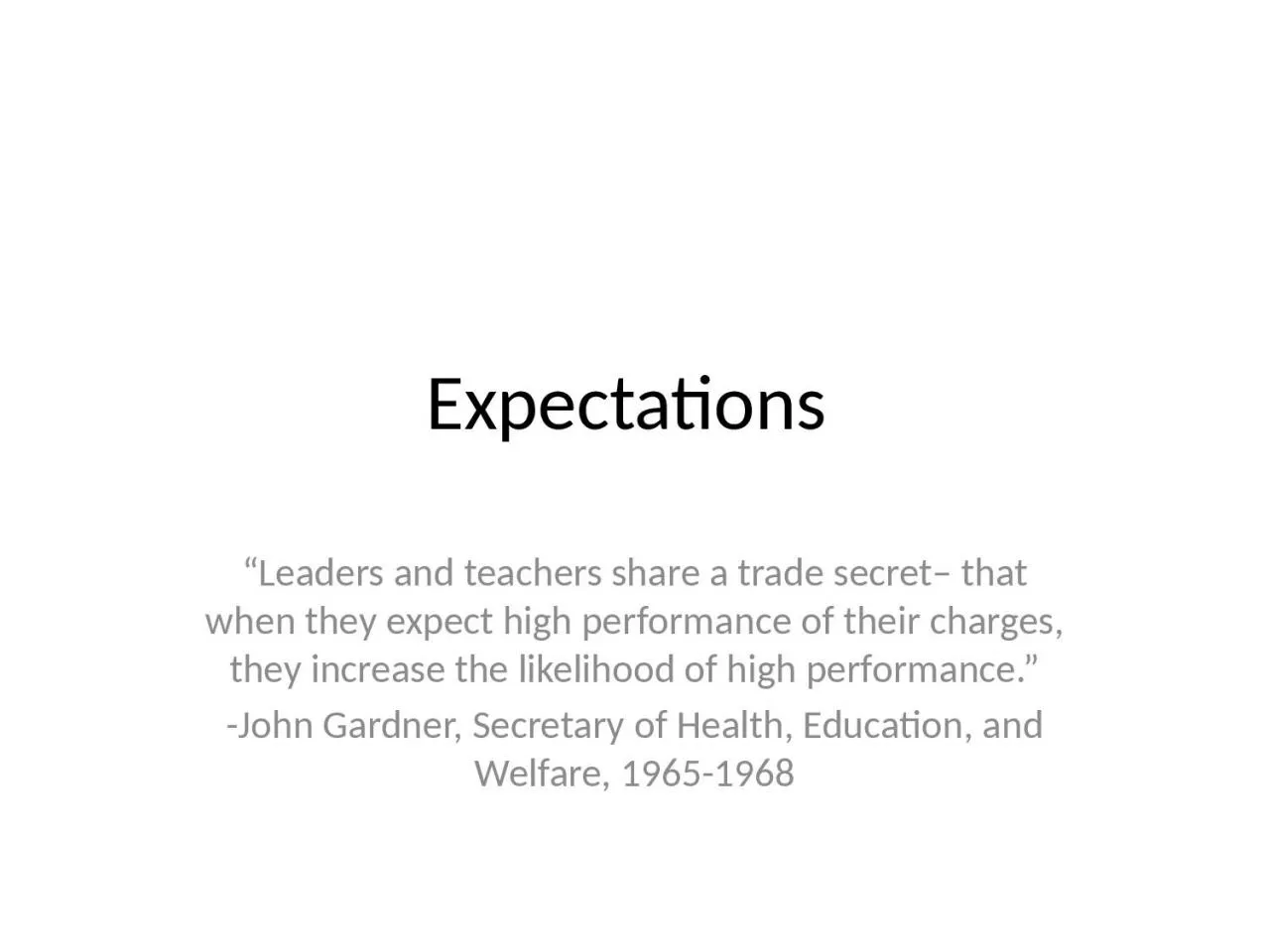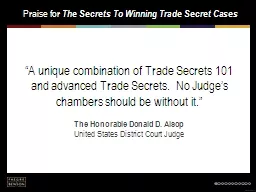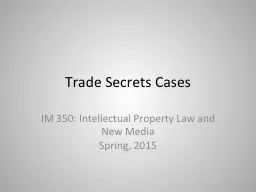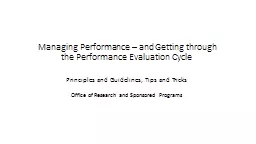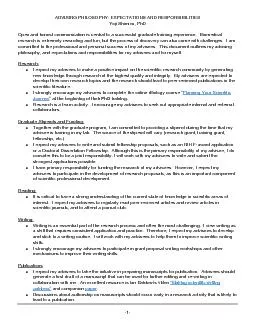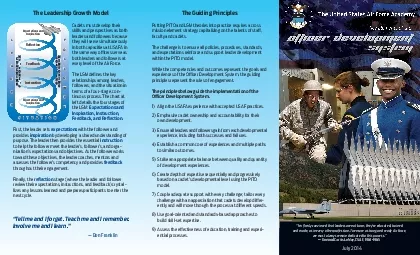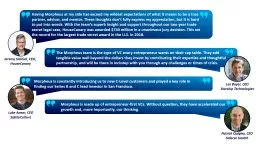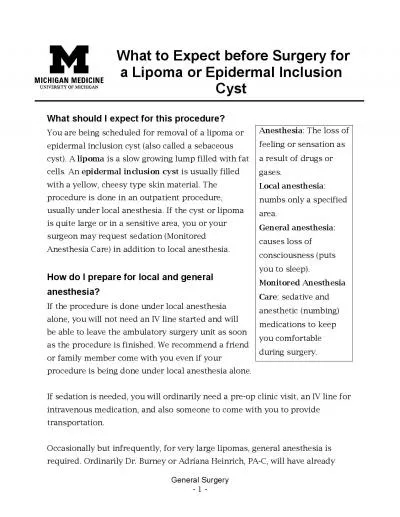PPT-Expectations “Leaders and teachers share a trade secret– that when they expect high
Author : candy | Published Date : 2023-11-04
John Gardner Secretary of Health Education and Welfare 19651968 CTM Set expectations is the first step in CTM Expectations let subordinates know what is required
Presentation Embed Code
Download Presentation
Download Presentation The PPT/PDF document "Expectations “Leaders and teachers sh..." is the property of its rightful owner. Permission is granted to download and print the materials on this website for personal, non-commercial use only, and to display it on your personal computer provided you do not modify the materials and that you retain all copyright notices contained in the materials. By downloading content from our website, you accept the terms of this agreement.
Expectations “Leaders and teachers share a trade secret– that when they expect high: Transcript
Download Rules Of Document
"Expectations “Leaders and teachers share a trade secret– that when they expect high"The content belongs to its owner. You may download and print it for personal use, without modification, and keep all copyright notices. By downloading, you agree to these terms.
Related Documents

